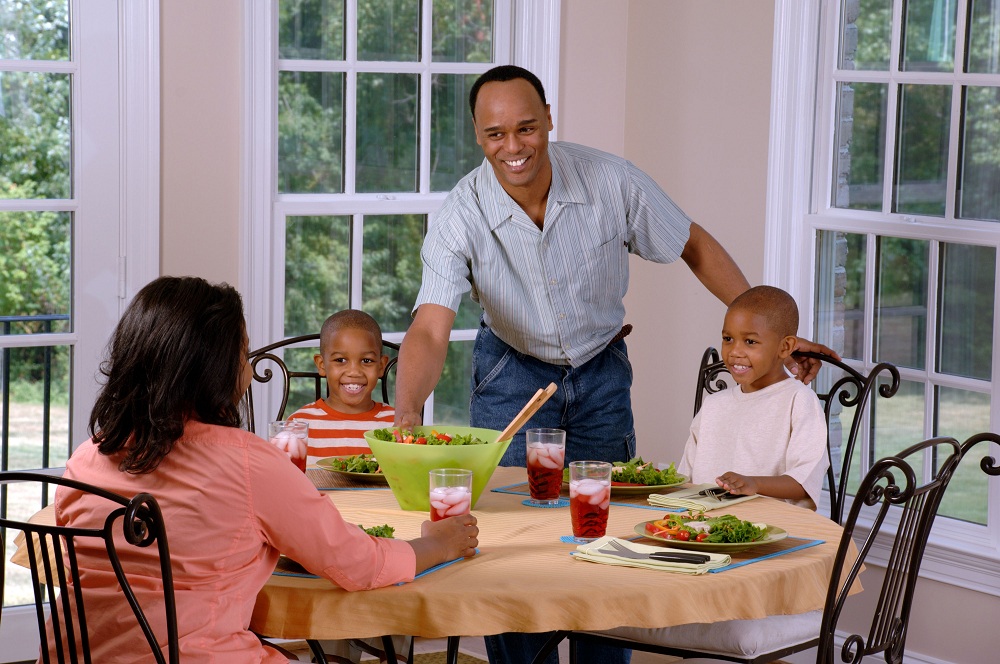Utah is one of the best places to live in; people are friendly, the streets are safe, and the outdoor culture is energizing. Life elevated comes with risks, but knowledge and preparation can quickly deal with them.
The Sun
Living in Utah exposes you to higher concentrations of ultraviolet (UV) radiation, from 28 percent to 50 percent more. UV gets more concentrated with elevation by as much as 6-8 percent for every 1,000 feet. UV damage is the leading cause of skin cancer and melanomas, and constant exposure to the Utah sun can raise your risk of developing these dreaded conditions.
Utah’s outdoor culture and predominantly white residents exacerbate the problem as prolonged exposure, and fair skin make residents more vulnerable. Make sure to take regular trips to your dermatologist. Skin cancer and melanomas can be easily treated if detected early. Stay safe by limiting your sun exposure or use sunblock if you’ll be staying under the sun for prolonged periods.
Wear protective clothing like long-sleeved shirts and hats, or you can try bringing an umbrella when the sun is particularly bright. Make your home and your vehicles safe by using UV filtering film on your house’s glass windows and doors and do the same for the windows of your car.

The Air
With all that nature you’d expect that the air in Utah will be fresh and clean. However, the state ranks 8th in the US when it comes to short-term particulate pollution and 14th in ozone pollution. The type of air pollution worsens depending on the season; winter inversions raise the number of particulates in the air, while hot summers increase the amount of ozone.
Children and seniors are especially vulnerable. Air pollution can trigger respiratory issues and is also associated with complications that can lead to heart attacks and strokes. This year alone, the Utah government has allocated close to $30 million to address the pollution problem. Residents are encouraged to do away with their wood stoves, use public transportation, and use electric vehicles. Stay safe by staying indoors when pollution levels are high or use an N95 mask if you need to go out during red or orange days.
The Fauna
Utah’s outdoor culture exposes you to different types of animals, and not all of them are friendly. While almost everyone understands the dangers of bears, mountain lions, and coyotes, they tend to be less wary of moose, elk, and deer. However, even non-predatory animals can be territorial, and those sharp antlers can cause a lot of damage.
Rattlesnakes are also quite common, but there hasn’t been a rattlesnake fatality in decades. This is partly due to the efficiency of the state’s emergency services as well as the wariness of residents toward these critters. Skunks and raccoons are also familiar sights in the state’s wide outdoors. While skunks deservedly get a wide berth, raccoons are also dangerous, especially as they can carry rabies.
Utah is still one of the best places to live in — certainly one of the safest in the USA when it comes to crime and even job security. There might be risks, but knowing them beforehand allows you to prepare and make yourself a little bit safer.



